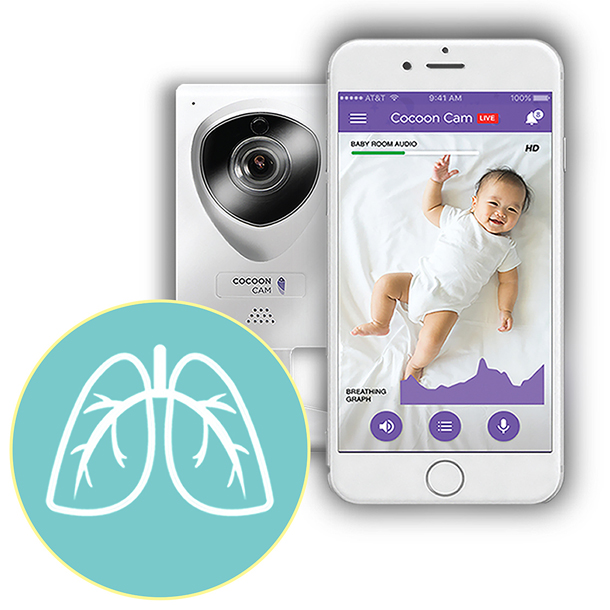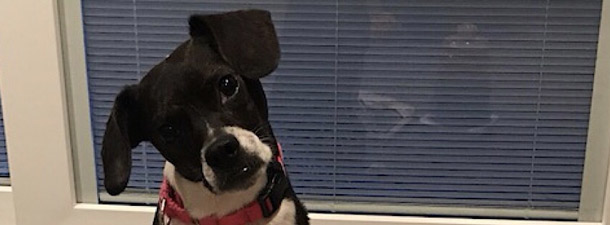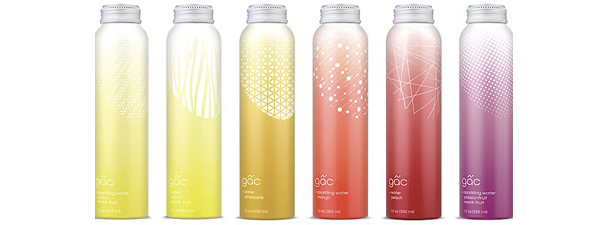Interview with Sivakumar Nattamai and Pavan Kumar, Co-Founders of the ‘Cocoon Cam’ Baby Monitor

Technology has many useful functions and ensuring the safety of newborns is one way that “smart” monitors have greatly eased the worries of new parents. From the “Nest Cam” to the “HolaBaby Video Monitor,” new advances are making it increasingly clear that high tech can be employed to keep the littlest members of society safe, and to subsequently ease parent’s worries. One of the most innovative baby monitors is known as “Cocoon Cam” which was granted a “Sal of Approval” by the National Parenting Center in May 2017.
The five-ounce “Cocoon Cam” monitor is one of the newest models on the market but it is certainly not the only one. However, some of the other company’s designs can be problematic. For instance, the “Owlet” requires children to wear a sock which can be too warm for them or, in some cases, even burn their feet. Likewise, the “Nanit” monitor weighs nine-pounds which makes it heavy and bulky.
The Cocoon Cam system detects and monitors baby’s chest movements and alerts parents of potential issues.
“Cocoon Cam” is a brand-new baby monitor that stands out for being extremely high-tech. Invented by two engineers whose backgrounds include stints at Tesla and Apple, Cocoon Cam was designed in a way that blends software and hardware. In fact, this monitoring system uses something called “computer vision”, which is the same basic technology in self-driving cars! It is unique from other offerings because it monitors baby’s breathing patterns–and alerts caregivers to problems–without requiring the use of any wearables or mats. Nothing touches the baby, so there’s nothing to irritate the skin, or keep charged, or potentially become a hazard if it’s loose in the crib.
Cocoon Cam comes with a unique “Breathing Graph ” feature that uses video and software to monitor the child’s breathing anytime he or she is in the crib. If the system senses anything out of the norm, the monitor will send an instant alert to the parent’s smartphone. Moreover, the two-way audio enables parents to both talk to and listen to the baby at all times from anyplace. The Cocoon Cam contains a wireless HD 720p video and it works from various smart devices such as Android and iPhone.
Inventors Sivakumar Nattamai and Pavan Kumar teamed up to create the Cocoon Cam and they recently discussed their experiences designing the Cocoon Cam and their hopes for its future in an exclusive interview.
Meagan Meehan (MM) of Entertainment Vine: How did you get interested in technology?
 Sivakumar Nattamai (SN): My first electronic toy was a sound-operated car my grandfather got for me when I was about five years old. You would clap your hands and the toy came to you. The first thing I did was open it to see what was inside and how it worked! I guess that means I’ve always been interested in technology. From there I went on to study both electrical and computer engineering at Rutgers University. I wanted to know how to build electronics, which is what you learn in electrical engineering, but also wanted to understand how to program them to do what you want. That really informed the creation of Cocoon Cam: we’re neither a hardware company nor a software company–we’re a product company that incorporates both cutting-edge software advances with smart hardware.
Sivakumar Nattamai (SN): My first electronic toy was a sound-operated car my grandfather got for me when I was about five years old. You would clap your hands and the toy came to you. The first thing I did was open it to see what was inside and how it worked! I guess that means I’ve always been interested in technology. From there I went on to study both electrical and computer engineering at Rutgers University. I wanted to know how to build electronics, which is what you learn in electrical engineering, but also wanted to understand how to program them to do what you want. That really informed the creation of Cocoon Cam: we’re neither a hardware company nor a software company–we’re a product company that incorporates both cutting-edge software advances with smart hardware.
Pavan Kumar (PK): My first acquaintance with intelligent systems and robots I can remember was by watching my favorite cartoons such as Jetsons and Swat Kats. I started working with electronic circuits and programming in middle school at the age of ten and I began to develop interest in developing intelligent systems that provides simple and elegant solutions to problems we face in everyday life. This led me to later pursue a bachelor’s in electronics and communication engineering from MSRIT, India and Master’s in computer science from UC San Diego.
MM: When was Cocoon Cam started and why was that name chosen?
SN: My cofounder Pavan and I started working on Cocoon Cam about two and a half years ago. The name Cocoon Cam was chosen because we’re watching over your baby and building a cocoon of safety around her during her entire early development.
PK: We were inspired by the ‘Cocoon’ that protects the worm before it comes a butterfly.
MM: What, exactly, prompted you to start working on a baby monitor?
SN: The idea for Cocoon Cam was started when my daughter Leena was born. Being an engineer, I was driven to tinker with all the baby monitors out there, from the cheapest to the highest end. When I realized that even the best monitors on the market really just gave you a video feed, but no insights, the idea for Cocoon Cam was born. We are driven to provide actionable, useful data about baby’s life, health and sleep.
 PK: I still remember Siva described his experience as a first-time parent and all the challenges involved in transitioning from being couples to parenthood. ‘Is my baby ok?’ is a question that is on the back of every parent’s mind when they are not physically present with the child. To validate this, we met with over three-hundred parents and clinicians through the NSF I-Corps program and identified that parents want a visual reassurance that their child is okay and are not comfortable putting wearable devices on their newborn’s sensitive skin.
PK: I still remember Siva described his experience as a first-time parent and all the challenges involved in transitioning from being couples to parenthood. ‘Is my baby ok?’ is a question that is on the back of every parent’s mind when they are not physically present with the child. To validate this, we met with over three-hundred parents and clinicians through the NSF I-Corps program and identified that parents want a visual reassurance that their child is okay and are not comfortable putting wearable devices on their newborn’s sensitive skin.
MM: In your opinion, what’s the coolest aspect of this invention?
SN: The fact that we’re the first baby monitor in the world to be able to measure breathing without ever touching the baby, and without emitting any potentially dangerous ultrasonic, radar or other waves in the baby’s proximity. Our use of computer vision means we’ve built the safest, least invasive and most technologically advanced method of monitoring baby’s vitals in the home.
PK: Our “no touch” vital sign monitoring technology uses regular cameras to accurately measure breathing patterns of a baby at a distance, without any wearables involved! The other interesting fact is that all our software analysis happens in the cloud (and not on the camera), because of which we are able to provide new features every month as software upgrades, for the same hardware.
MM: What was the most challenging aspect of creating the Cocoon Cam?
 SN: The most challenging is making it work, computer vision is hard. It’s the same stuff that’s in self-driving cars. Not a lot of people are doing it.
SN: The most challenging is making it work, computer vision is hard. It’s the same stuff that’s in self-driving cars. Not a lot of people are doing it.
PK: Our software is able to measure the breathing patterns of a baby no matter whether it’s day or night, which position or where the baby is sleeping in the crib. To make our software reliable, we have performed extensive testing with hundreds of thousands of hours of videos of infants in the crib. Further, we also validated our technology at the Lucile Packard Children’s Hospital Stanford by comparing measurements from our camera with data obtained by medical monitors within the Neonatal Intensive Care Unit.
MM: Are you currently working on anything else which you would like to discuss?
SN: Yes, we are working on remote temperature monitoring, sleep analytics, and sleep training features for the app.
PK: One of the biggest things that we are focusing on moving forward is to understand their child’s development and providing tailed, contextual educational information to parents through our mobile app. In this direction, later this year we will start recommending “personalized sleep training plans” for new parents to help set and follow a sleep schedule for their child.
MM: How do you think technology will impact baby safety in the near future? Essentially, as it evolves what do you think are its ultimate capabilities?
SN: Temperature/Breathing monitoring (see app screens) are the baby safety impact in the near future. As technology evolves, ultimately, we believe that our touchless, non-invasive computer vision technology can be combined with predictive analytics and other emerging technologies to provide the most comprehensive, safest, and most intelligent in-home health monitoring in the world.
PK: Cocoon Cam will be the go-to baby monitor which will serve as a companion to parents learn more about their child’s development process and offer personalized recommendations for childcare. Our “no-touch vital sign monitoring” technology could be extended to infant & pediatric care in hospitals and other applications such as geriatric care.
* * * * *
To learn more about Cocoon Cam, visit their official website or see here.



